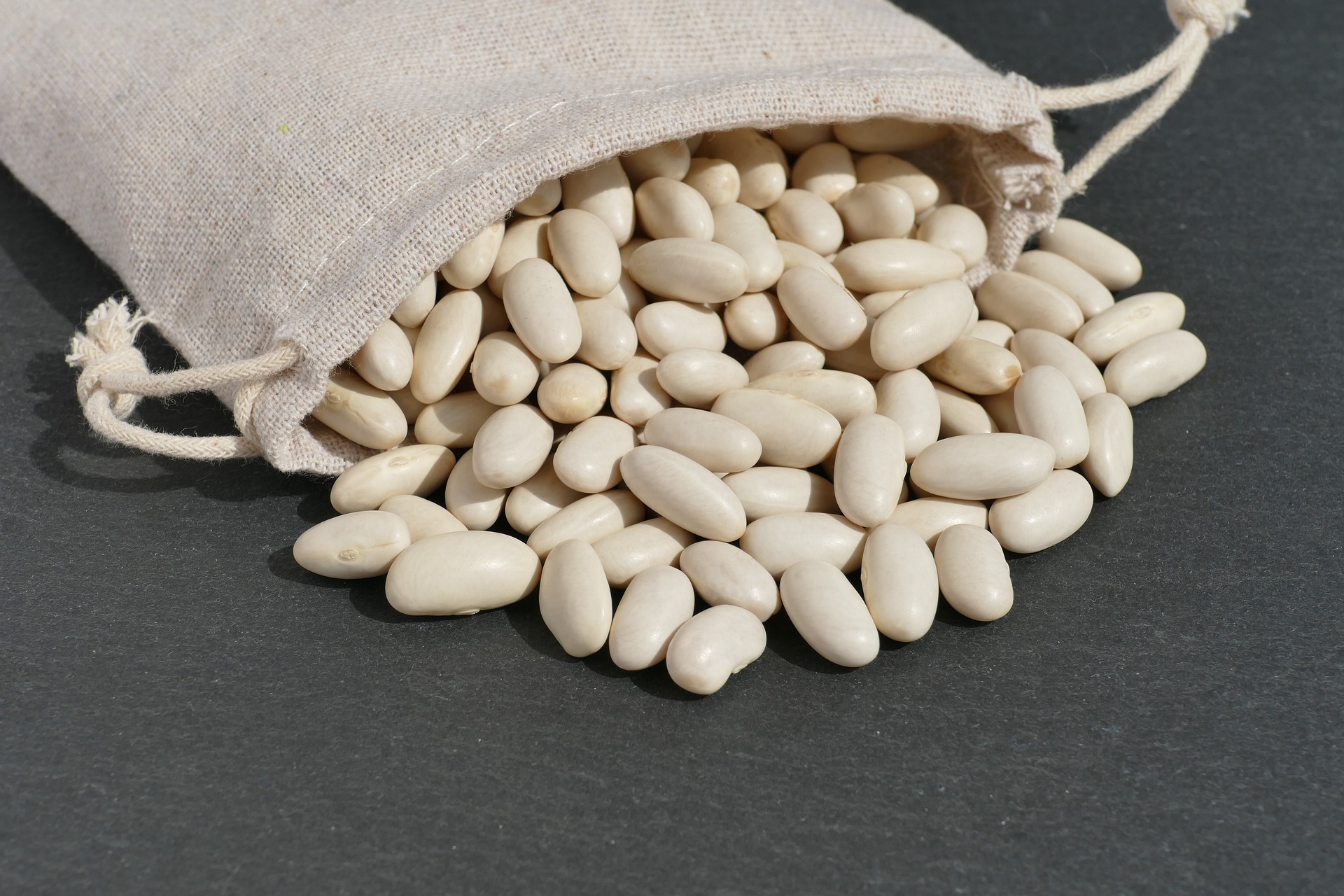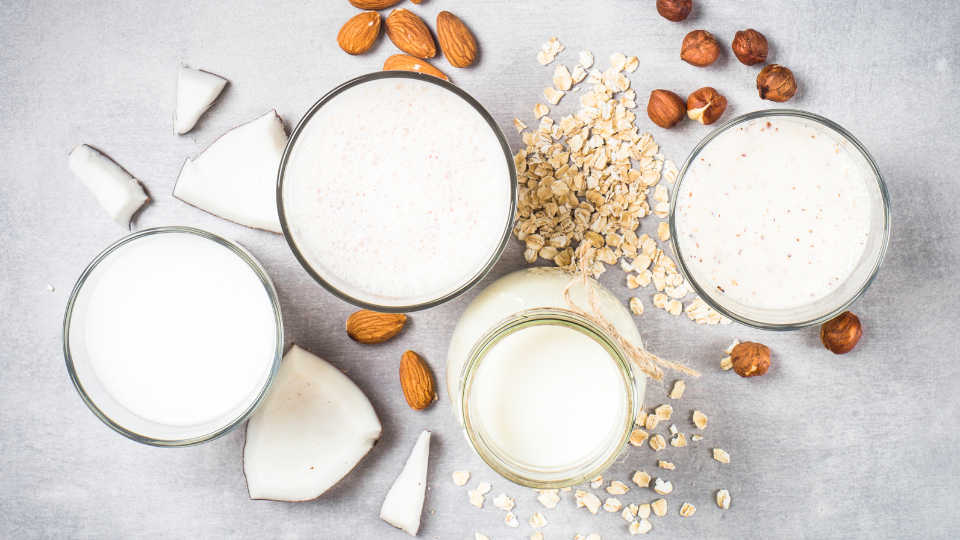Fruit and Vegetable Guide Series: Carrots

Utah Local Fresh Season: June-October
Availability: Carrots are available year-round with the peak from October through April.
Eating: Carrots are delicious eaten fresh, thrown in your favorite salads, cooked, added to soups or stir‐fry, and made into carrot juice.
Selecting: Good quality carrots will be firm, smooth‐skinned, straight‐shaped, and well-colored. The deeper the orange color of the carrot, the higher the beta-carotene content. Carrots are available and in season all year long.
Avoid carrots that are wilting, soft, crooked, split, or growing thin hair‐like roots. Those with large green areas at the top or that have dark blemishes or brown coloring of any kind are also undesirable.
Cleaning and Preparing: Wash carrots under running water, and scrub thoroughly with a vegetable brush. Although carrots lose some of their vitamins when peeled, dishes prepared with peeled carrots taste fresher and better.
Variety: There are many varieties of carrots, but the variety typically found in supermarkets is from 7–9 inches in length. Carrots are usually sold packaged in plastic bags. Baby carrots were once longer carrots that have been peeled, trimmed to 1‐1/2–2 inches in length, and packaged. True baby carrots are removed from the ground early and look like miniature carrots.
Storing: Carrots can be stored in your refrigerator's crisper drawer for a few weeks if placed in a perforated plastic bag. Carrots are best stored between 32º‐50ºF in the crisper section of the refrigerator. Storing them in the refrigerator will preserve their flavor, texture, and beta‐carotene content. Do not store carrots with fruits. Fruits produce ethylene gas as they ripen. This gas will decrease the storage life of the carrots as well as other vegetables.
This is why it is best to store fruits and vegetables separately.
Most carrots are sold without the tops because they have been shown to draw moisture from the roots. Yet many people buy carrots with tops to ensure the product is fresh. However, to store carrots longer, remove the tops.
Cooking: Carrots can be cooked in a variety of ways including steamed, sautéed, roasted, and more.

- Steam: Carrots can be steamed in a small pot or in the microwave. To steam in a pot, fill pot with 2-3 inches of water. Put cut up carrots in a steamer basket and steam until carrots are tender. Carrots can also be steamed in a microwave. Using a microwave safe bowl, fill with 1-2 inches of water. Cover and steam for 2 or more minutes depending on how many carrots you are steaming.
- Sauté: Cut up carrots. Cook in a skillet over medium heat with 1-2 tablespoons of olive oil. Carrots can be sauteed with other vegetables.
- Roast: Cut up carrots and toss in 1-2 tablespoons of olive oil. Season with salt, pepper, and other seasonings. Spread over a baking sheet and cook for 20-30 minutes at 425 degrees F. Carrots can be roasted with a variety of other vegetables.
Nutrition Highlights: Carrots have little saturated fat or cholesterol. They are an excellent source of dietary fiber, vitamin A, vitamin C, vitamin K, and potassium. They are also a good source of thiamin, niacin, vitamin B6, folate, and manganese.
Growing: Carrots germinate best in warm, moist soil. To assure the germination of successive plantings during the late spring and summer months, it may be necessary to supply water by sprinkling. In the heat of summer, some shade may be necessary to keep the tiny seedlings from burning off at the soil line. Young carrot seedlings are weak and grow slowly. It is essential to keep weeds under control for the first few weeks.
Preserving: Carrots can be canned and frozen (may need to be blanched first). Blanching slows or stops enzyme action which can cause loss of flavor, color, and texture.
References
1. https://snaped.fns.usda.gov/seasonal-produce-guide/carrots2. https://www.sweetwater-organic.org/veggies/carrots/
3. http://urbanext.illinois.edu/veggies/carrot.cfm
4. https://www.utahsown.org/
5. https://extension.purdue.edu/foodlink/food.php?food=carrot
Authors
Ellen Serfustini, Extension Associate Professor
Guide Editors: Heidi LeBlanc and Debra Christofferson
Additional Editors: Marie Stosich, Gayla Johnson, Eileen Milligan
*This publication is a part of a series created by Create Better Health and Utah State Extension Employees. It has been reviewed and updated to include current evidence-based research and recommendations.
Related Nutrition Articles






